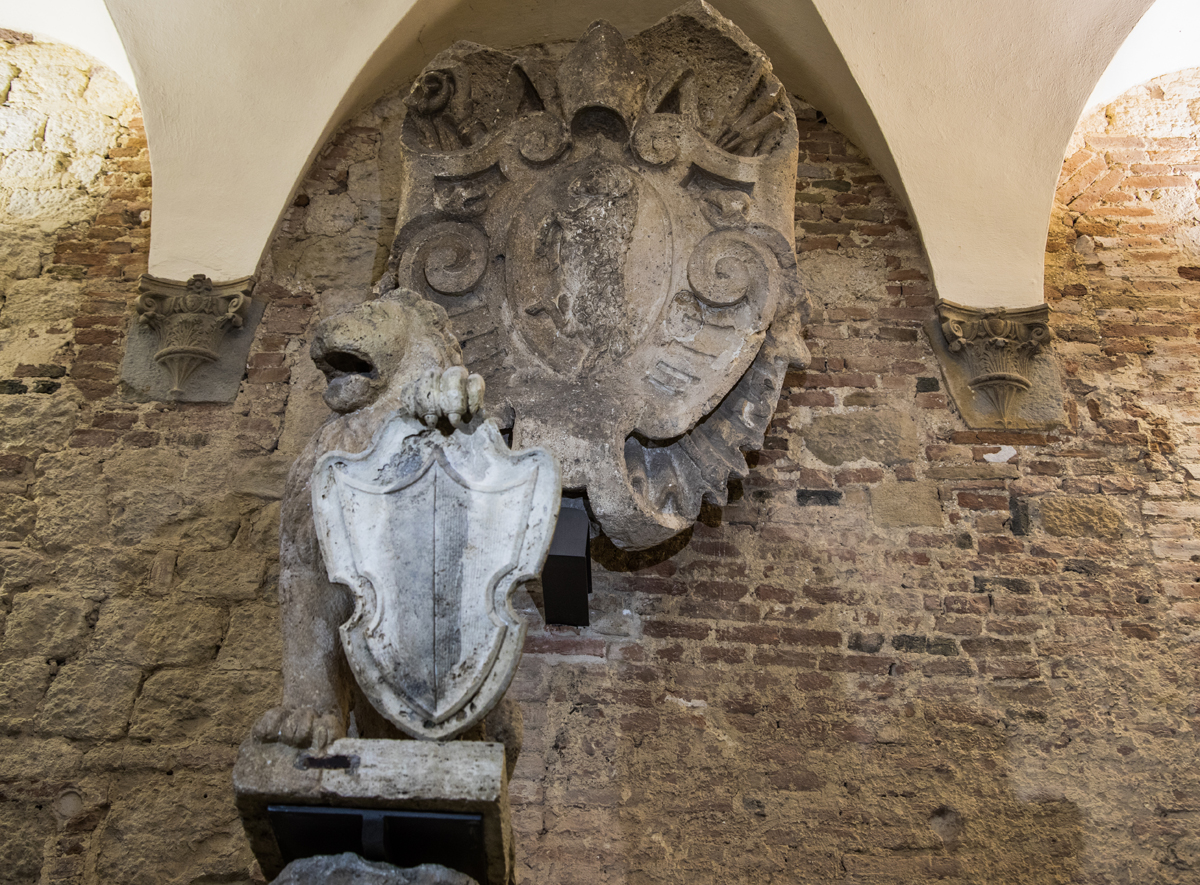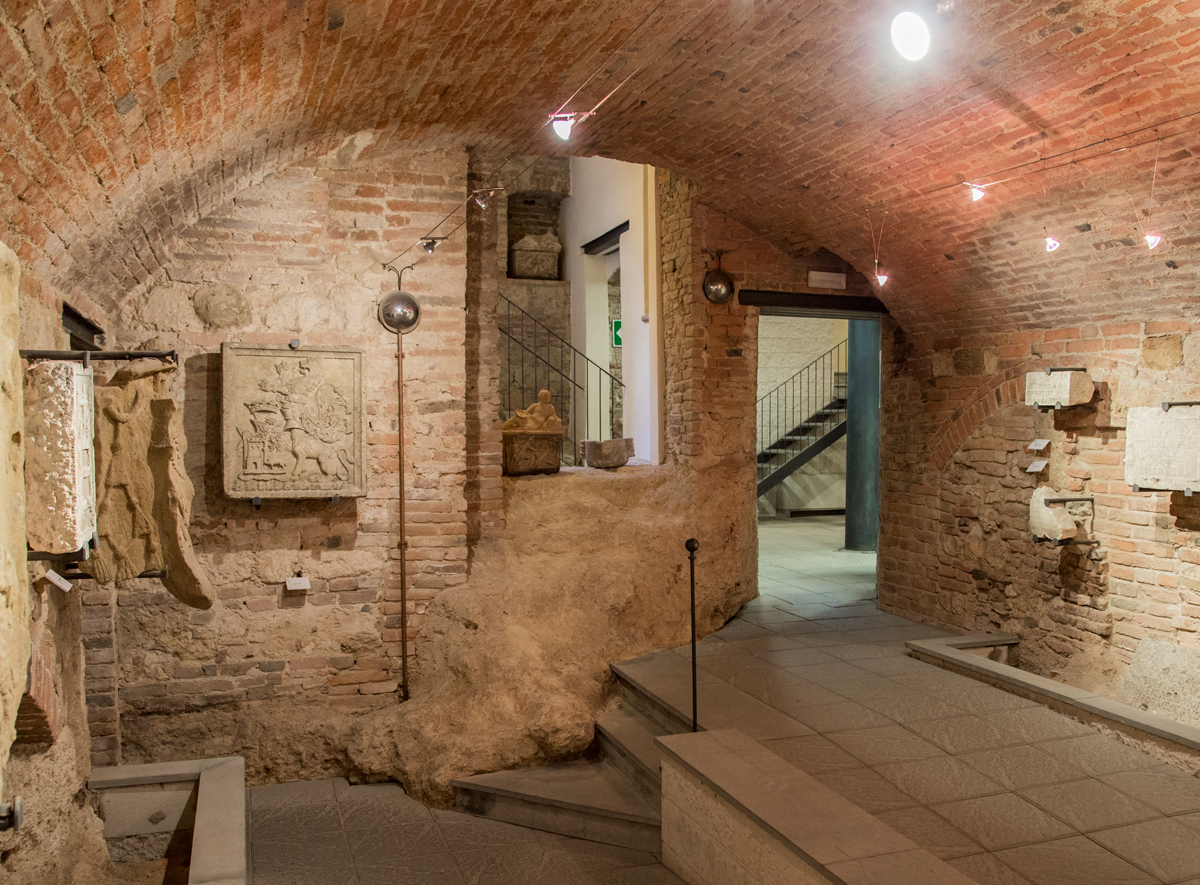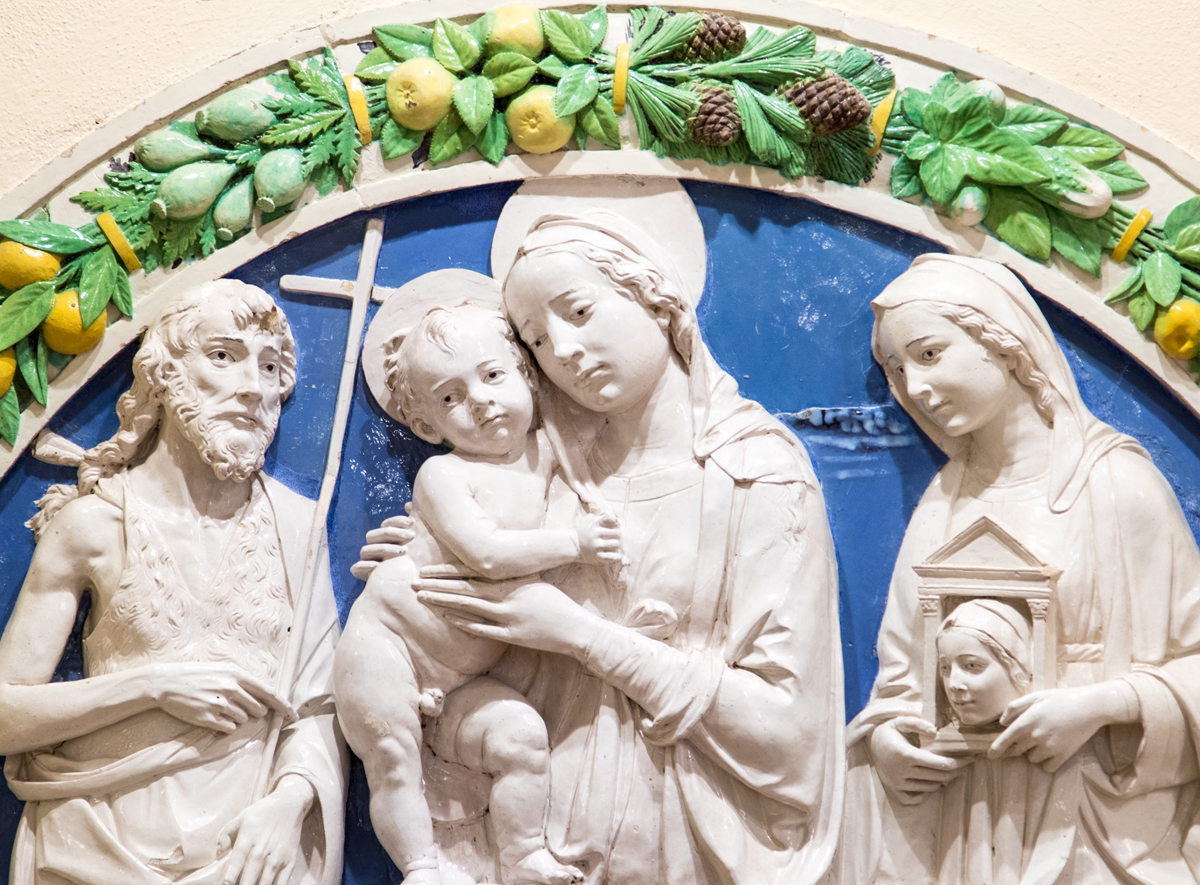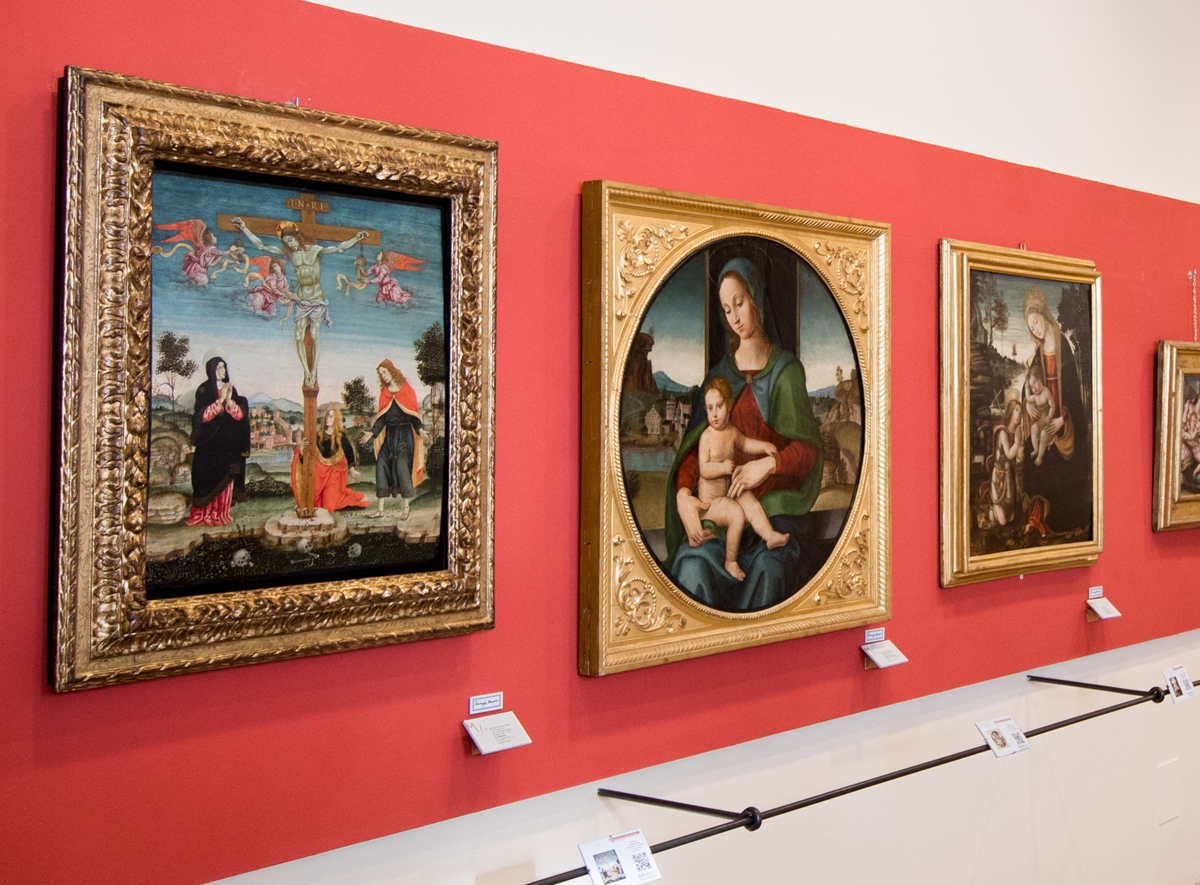- estesa
The civic museum has found its location in Neri Orselli Palace since 1954.
One of the rarest examples in Montepulciano that recalls the typical Sienese civil architecture from the fourteenth century, the palace is actually the result of centuries of deep changes and adaptations of various buildings fused together: nowadays, it has a brick façade of three floors on Via Ricci (Ricci Street), a beautiful inner courtyard with a well and a loggia; on the inside, it is articulated on 4 floors including one on the underground, rearranged for exhibition purposes with instantly recognizable modern interventions, allowing an optimal use of the structure.
The museum is divided into four main sections:
One of the rarest examples in Montepulciano that recalls the typical Sienese civil architecture from the fourteenth century, the palace is actually the result of centuries of deep changes and adaptations of various buildings fused together: nowadays, it has a brick façade of three floors on Via Ricci (Ricci Street), a beautiful inner courtyard with a well and a loggia; on the inside, it is articulated on 4 floors including one on the underground, rearranged for exhibition purposes with instantly recognizable modern interventions, allowing an optimal use of the structure.
The museum is divided into four main sections:

ARCHEOLOGICAL SECTION
In this section, the first encountered by the visitor, there are some Etruscan grave goods and Roman architectural finds, found nearby Acquaviva di Montepulciano over the last century, as well as some Etruscan cinerary urns from the collection of the noble Pietro Bucelli from Montepulciano

MONTEPULCIANO SECTION
This section, housed in the charming basement covered with brick vaults, includes some stone artifacts from various sources (inscriptions, coats of arms, etc.) already hosted in the palace courtyard. Among them there is the “Marzocco” depicting the heraldic lion, symbol of Florence, in travertine.

GLAZED TERRACOTTAS BY ANDREA DELLA ROBBIA
The collection is of great importance not only for the high quality of the works, but also for their close link with the history of Montepulciano: the visitors can find here, in fact, two altarpieces Dio Padre Beneficente (Heavenly Father the Beneficent), formerly in the Palazzo Comunale, and the lunette depicting Madonna con Bambino (Madonna with Child), formerly in the Palazzo del Capitano

ART GALLERY
This is the most important and significant core of the museum. The collection originates from the legacy of Francesco Crociani, who in 1859 decided to leave in inheritance to the Montepulciano community his valuable collection of paintings, including 1600-1700 works from Florence and Bologna, as well as paintings by artists of the Netherlands. It was then joined by other donations and acquisitions from the ecclesiastical heritage.

STUDIOLO
To recreate the "domestic" atmosphere of the private collections of the past, it has been chosen to place the small paintings – but often of exceptional, almost miniaturist quality – in a passing gallery
WORKS CATALOG
WORKS CATALOG
Discover all the works of the Civic Museum of Montepulciano
Discover all the works of the Civic Museum of Montepulciano


